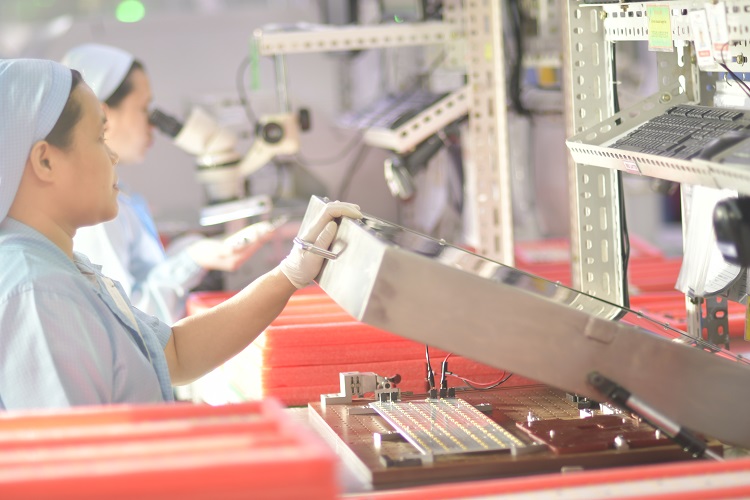Lighting up the Future with LEDs

September 13, 2019, Laguna, Philippines - Advanced global technology solutions have significantly changed the way our world works. Long before the introduction of artificial lighting, humans had their daily life schedules work around the rise and setting of the sun. Fortunately, the development of electricity and the invention of the incandescent bulb allowed the majority of the world’s population to illuminate their evenings and no longer restrict their activities in the dark.
Although light bulbs have been extremely beneficial to humans, turning and leaving lights on is one of the most common energy-wasting activities we do. In fact, the U.S. Energy Information Administration or EIA estimates that over 232 Billion KiloWatt hours (kWh) was consumed for residential and commercial lighting in the U.S alone in 2018.
The world wastes more energy than it uses and with worsening environmental conditions, there is a great need for the world to switch to greener lifestyles which include consuming less energy for our lights.
In line with this, the light-emitting diode (LED) lighting industry has been seeing positive developments in recent years as the number of LED light users has been growing steadily compared to the decreasing number of incandescent bulb users. Have a deeper look at why we should be lighting up the future with LEDs.
Efficiency
The traditional incandescent bulb produces light by heating a metal filament to a very high temperature, which is the main reason why they are very inefficient. About 90% of the energy that they use is wasted on heat while only 10% is actually used for illumination. Meanwhile, LED lighting saves up to 90% of the energy that incandescent bulbs use in order to produce light.
In fact, the U.S. Department of Energy notes in their article on LED lighting that the widespread use of LED lights by the year 2027 could lead to a 348 TeraWatt Hours (TWh) reduction in energy consumption or annual savings amounting to $30 Billion per year. They also predict that the U.S. alone could save $250 Billion in energy costs and reduce electricity consumption lighting by nearly 50% once they switch entirely to LED lights over the next two decades.
Longevity
Aside from being the most efficient lighting choice, LEDs also have the longest lifespan of all available artificial lights. A single LED light can have a lifespan of 25,000 to 60,000 hours without breaking down as opposed to only 1,500 hours of a traditional incandescent bulb. Some LEDs can even last up to 100,000 hours or over 30 years!
The longevity that LED offers is extremely beneficial for all manufacturing markets. Not only does the long lifespan of LEDs reduce maintenance costs for consumers, but it also minimizes the number of LEDs that the global technology solutions industry needs to manufacture which helps them save their resources.
Safety
As traditional incandescent bulbs use heat in order to produce light, they could be extremely hot to touch which could lead to accidents like burns or fires. They are also prone to explosions once they exhaust their lifespan.
On the other hand, LEDs generate almost no warmth even when left on for hours and do not pose the risk of combustion.
Environmental friendly
LEDs are made of recyclable and non-toxic materials which makes it environmentally friendly. Not to mention, LEDs consume less energy than incandescent bulbs and other artificial lightings. With less electricity produced and consumed, there should also be less greenhouse gas emissions.
In fact, the US. Department of Energy in their article mentioned above also predicts that around 1.8 billion metric tons of carbon emissions can be avoided by the U.S. alone once the entire country switches to LEDs in the next two decades.
The continuous advancement of global technology solutions will most likely trigger the manufacturing markets to continuously churn out new and improved products. Since it is impossible to make the numerous EMS Company in the Philippines and other countries to limit their production, there should be an effort to switch to more efficient manufacturing systems like using LEDs to light up factories at the very least.
As regular citizens, we should also do our part by lighting our homes with LEDs instead of incandescent bulbs and other less efficient lighting options.
Other Blog



